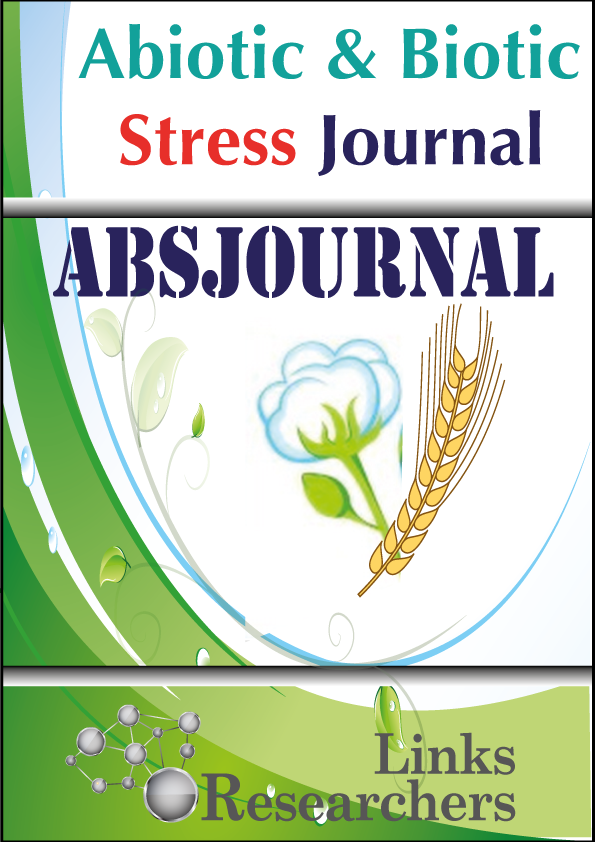Mudasir Irfan Dar*, Fareed Ahmad Khan and Farha Rehman
E-mail | irfanmudasir@gmail.com
Fouzia Tabssum1, Qamar uz Zaman2*, Yinglong Chen3,4, Umair Riaz5*, Waqas Ashraf6, Ambreen Aslam2, Nusrat Ehsan2, Rab Nawaz2, Humera Aziz7 and Shamim ul Sibtain Shah8
Haiyan Yang1, Hongxia Liu1, Wenlong Wu1*, Weilin Li2 and Lianfei Lyu1
Reena Ambreen1, Sadaf Sarfraz1*, Fouzia Qamar2 and Shomaila Skinadar1
Tertia Delia Nova1*, Yulia Yelita2, Rizky Machicula1
Samina Kausar1, Rana Badar Aziz2, Muhammad Waseem3, Muhammad Ahmad3, Hamza Shafiq4, Muhammad Asim5, Usama Zia6, Sobia Afzal7, Wanpeng Xi8*, Mansoor Hameed1* and Muhammad Usman Shoukat9
Irshad Ahmad1,2*
Raad Hamad Mahmood Al-Badrany1* and Aamer Mohsen Mahmood Al-Ma’thidy2
Yunilas1*, Muheri Indra Aja Nasution2, Edhy Mirwandhono1, Adi Fathul Qohar3
Sona Salem El-Nwehy1*, Assem Abbas Mohammed El-Naggar2 and Adel Badr El-Nasharty1
Divanildo Outor-Monteiro1,2,3*, José António Silva2,3,4, José Luís Mourão1,2,3, Victor Pinheiro1,2,3
Shakir Ullah1* and Lubna Shakir2









